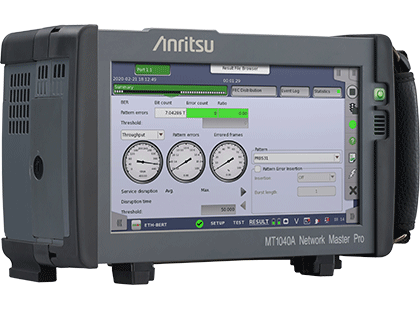Anritsu Company announced a total testing solution to help mitigate possible interference between 5G wireless networks utilizing the C-band spectrum and avionics equipment, including radar altimeters.

Anritsu said telecom operators, contractors, and aviation personnel can use the MS27201A Remote Spectrum Monitors, Network Master Pro MS2090A real time spectrum analyzer (RTSA), and Mobile InterferenceHunter (MIH) MX280007A, during 5G network deployment and installation, as well as for on-going monitoring.
The Anritsu testing solutions can measure 5G fundamental emissions in the 3.7 GHz – 3.98 GHz band to ensure they do not impact the altimeter receivers, as well as 5G spurious emissions in the 4.2 GHz – 4.4 GHz band that may also cause interference.
The Field Master Pro MS2090A has wide frequency coverage and best-in-class performance to conduct highly accurate spectrum clearing, as well as radio alignment, harmonic, and distortion measurements, Anritsu said.
Operators can use the MIH software can be used during spectrum clearing when installing 5G networks. MIH can create a heat map indicating the position of the interference source. The heat map becomes smaller as more measurements are taken, refining the signal location estimate.
MIH can be used to conduct drive tests on deployed 5G networks, as part of interference detection and interference hunting practices. Anritsu provides the MS27201A Remote Spectrum Monitor series. The MS27201A provides accurate signal detection and measurement integrity to help ensure there will be no interference to impact avionics equipment, including altimeters.
When used with the Vision software, the spectrum monitoring system can monitor and log spectrum traces over a long period of time. An alarm is triggered when a frequency mask is violated, for quick and efficient remedy of the interference.
The MIH and spectrum monitoring series are expected to be particularly essential for co-located towers adjacent to the 1,935 airports in the United States. On-going spectrum monitoring ensures that co-located towers do not exceed power level specifications due to 5G antennas from multiple carriers going live at different times.





